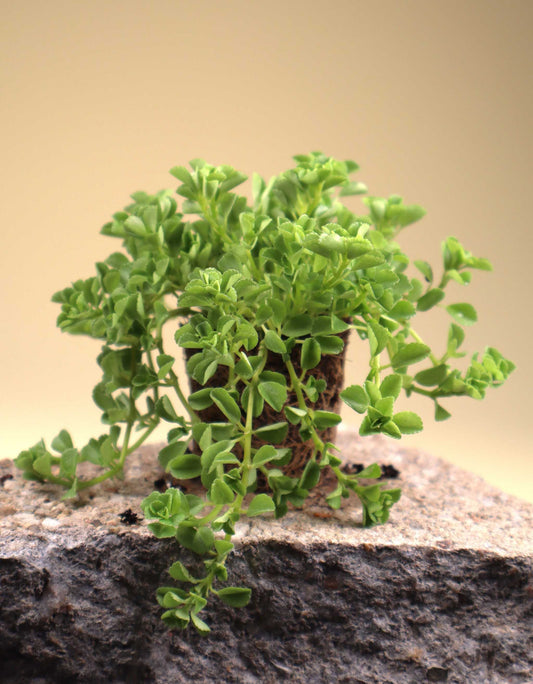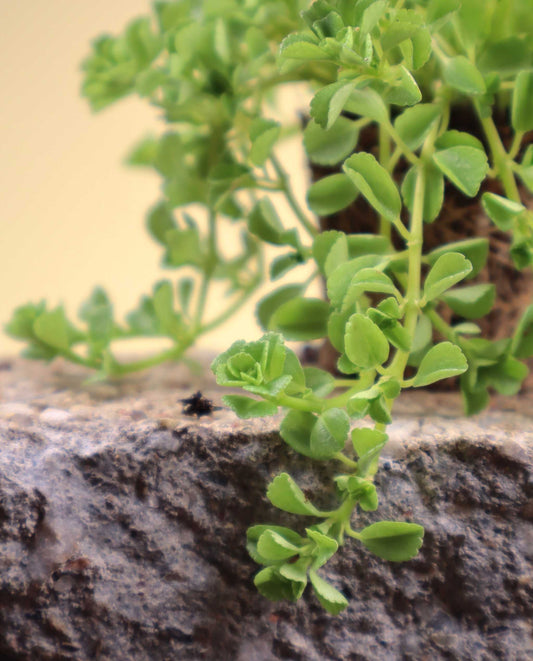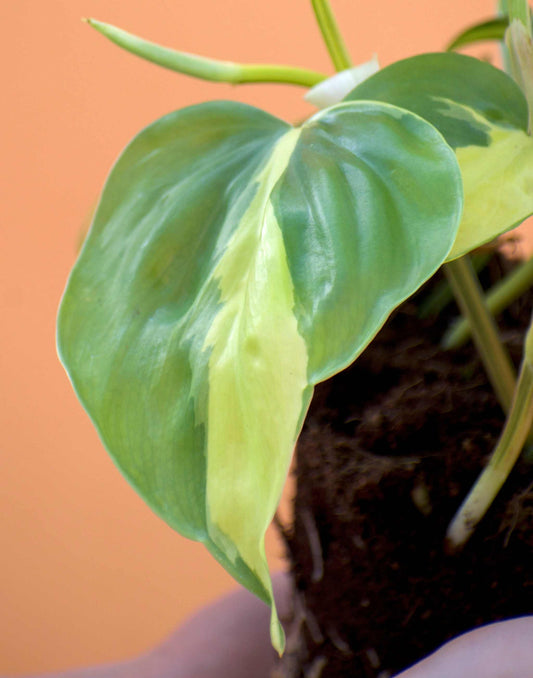Share
10 tips to make your spring asparagus thrive.
With the right care, spring asparagus can become a long-lived ornamental plant indoors. Here we have collected 10 tips to help you care for your spring asparagus. Don't have an asparagus plant? Then you can buy one here.
1. Give your asparagus plant the right light
Spring asparagus thrives best in indirect light . Place the plant near an east or west-facing window to give the asparagus a bright spot without exposing it to strong direct sunlight. Too much direct sunlight can damage the leaves, causing them to turn yellow, while too little light will cause the plant to become sparse and sprawling.

2. Water with care
This asparagus plant likes a little water, but the soil should be kept evenly moist, not wet. Let the top inch of soil dry out before watering again. Overwatering can cause root rot, so always check the soil before adding water.
3. High humidity is key
Asparagus loves high humidity. If the air at home is dry, try using a humidifier, placing the plant near other green plants, or placing a bowl of water next to it. Asparagus also thrives in bathrooms with natural light, where humidity is already high!
4. Adjust watering according to the season
During the winter, your spring asparagus may need less water than in the summer. The plant then enters a dormant period and does not need to be watered as often. In the spring and summer, when the asparagus plant begins to put out new shoots, you can increase watering slightly to support growth.
5. Nutrition for rapid growth
For your asparagus potted plant To stay healthy and green, it needs nutrition during the growing season. Fertilize every four to six weeks with liquid plant nutrition for green plants. During the winter months, you can skip the nutrition, as spring asparagus does not grow as much.

6. Replant the plant
Spring asparagus can grow very quickly and usually needs to be repotted every two to three years. When the roots start to fill the pot or even lift the plant out of its pot, it's time. Use a nutrient-rich, well-draining soil and a slightly larger pot to give the roots room to grow.
7. Prune and clean up
By removing wilted or yellowing shoots, you can keep your asparagus plant healthy and looking good. Yellowing spring asparagus shoots may be a sign that it is getting too much light or water. Adjust conditions if you notice the leaves changing color.
8. Watch out for pests
This plant can sometimes get unwelcome guests like spider mites or mealybugs . Inspect your plants regularly, especially if you notice that the leaves look worn or are covered in small webs. Take care of problems early by wiping the leaves with a damp cloth or using biological pesticides such as beneficial insects as a preventative measure.
9. Temperature and location
Your spring asparagus thrives best in a temperature between 15–25°C . It does well at room temperature, but avoid cold drafts and extreme temperature changes. Place it a little further into the room if it is too warm or bright near the window.
10. Propagate your spring asparagus
Do you want to grow more spring asparagus ? You can divide the root ball when replanting. Carefully cut the roots apart and plant the new parts in separate pots. This way you can enjoy even more of these fantastic green plants in your home.
With these tips, you are ready to create a home where your spring asparagus can truly thrive. Don't forget to get to know your plant, it often tells you what it needs through its leaves and shoots.
Want to read more? Check out our other articles on how to grow asparagus and other green plants in pots!











